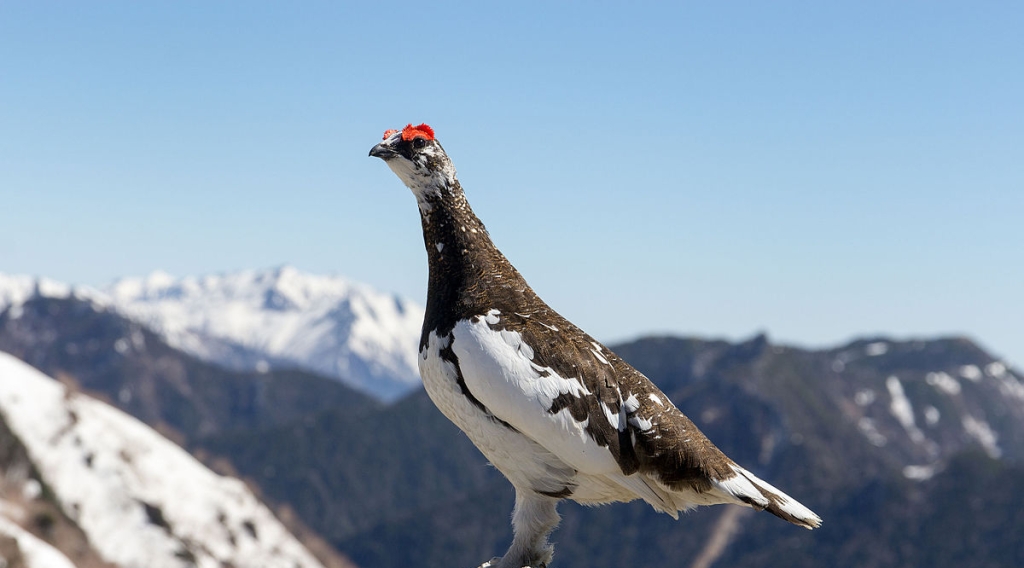Back in the day, in that there history, there were fewer people about. The people that were around travelled through forests and across meadows, and if they followed a particular route often enough this might slowly have become a sort-of dirt path. This dirt path could be a physical path that you might see and follow if you were new to the area, but it also became a mental path. When going from A to B you would generally take this route, even if walking 10m to the left would still get you to the same place. This force of habit helped people not to get lost, but also was just that- a force of habit.
Animals are much the same, as certain species will follow the same route again and again. This could be for clever reasons, like in snow following someone else’s footsteps so that only one of you needs to use up energy breaking trail. Other times there is not such an obvious reason. It’s just the done thing.

For those literal creatures of habit however, this can become a problem when something unexpected appears along their path, say a road or a motorway. To a deer, a tarmac road may just seem like a randomly harder bit of forest, so at first they are likely to keep on following their normal paths which now happen to cross this road. As deer generally have not been trained in road crossing etiquette, this can lead to accidents when cars appear, killing many animals and sometimes even the humans driving the vehicles.
For the less wise animals who keep on crossing anyway, this means regular risk of danger and death each time they touch the tarmac, and it isn’t ideal for the people driving either. For the animals that do learn that roads are dangerous, they might not want to cross. This can lead their habitat to become ‘fragmented’, which can lead to other problems:
- Inbreeding: Not being able to move between areas easily can mean that animals mate with those in their area, who are likely to be not very distant cousins. Over time this can lead to inbreeding which can cause genetic issues for the populations

- Lack of food- Suddenly only being able to get to half of their normal territory can mean animals don’t have enough food to survive. A big way populations deal with this is to simply have less animals. In an optimistic example, this might mean that a part of the population moves out of the area, waving farewell to their friends and family with handkerchiefs. In the scary nature version, this could also mean part of the population starves to death and others are killed in fights with stronger animals over food resources until the numbers are sustainable again. Not so cute, but it is effective.
- Population crashes- Say you have a population of 100 birds. One year you have particularly bad weather and little food in the south, so 49 birds die there. You still have 51 birds left though, so next year they get more food, make lots of babies, and the population recovers. Say a road had fragmented your population into two populations with 50 birds each, so 50 in the north, and 50 in the south. A bad year kills 49 of them in the south. The following year is good again, but all you have is one lonely southern bachelor. Lacking a lady, and unable to meet any northern ones he can’t have babies. After him, the whole population is now gone. When a population is fragmented and smaller, it means it is less able to cope and survive when bad conditions happen, and so can go extinct easier.

But wait, there is good news: Wildlife crossings!
Luckily, all is not lost and some creative people have been putting their minds together to find solutions to the problems of roads crossing routes and fragmenting habitats. May I present: Wildlife crossings!
Wildlife crossings are structures that allow wildlife to get over obstructions like roads safely. They can take many different forms. There are tunnels under roads in the UK for little creatures like frogs to go through and giant underpasses in Kenya which allow whole herds of elephants to sneak safely under the traffic. There can also be bridges over the road for moose and bears, stepped pools of water allowing migrating salmon to bypass dams, and even green roofs in cities give stop off points for butterflies to stock up on nectar when travelling. Some of these have been a roaring success, like an overpass in Banff National Park (Canada) which has led to an 80% drop in wildlife colliding with traffic.
Wildlife crossings aren’t always a success of course. Some caring folks in the Shetland Islands devoted their time and money to lovingly build a tunnel under a busy roundabout, which would allow otters who regularly crossed to get from the sea on one side to a lake on the other more safely. The otters thanked them by ignoring the tunnel’s existence and continuing to saunter across the roundabout to the sound of screeching cars. Luckily a ‘busy roundabout’ in a town of 7,500 people isn’t likely to be so intense as to cripple the local otter population, but if anyone has any ideas of how to write signage in otter that would encourage them to redirect their route, I’m sure it would be much appreciated.
Stubborn wildlife aside, when they do work, wildlife crossings can be really valuable, being good news for wildlife, drivers, and a nice chance for gardeners and engineers to collaborate!
For more info click below:
More wildlife crossing examples
Debate on how successful wildlife crossings are
Music: kongano.com
Title Image: North2/Flickr/Royalty-free




Leave a comment